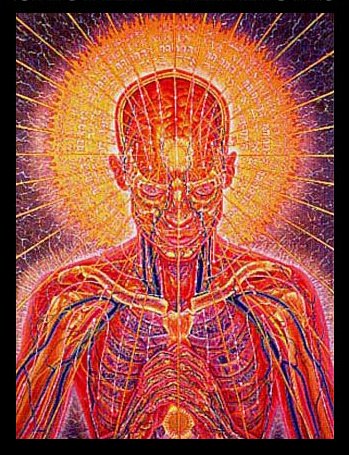
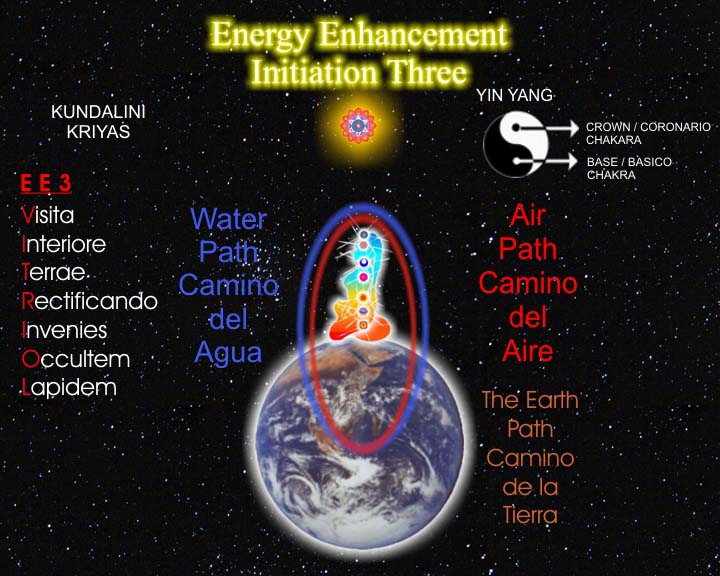
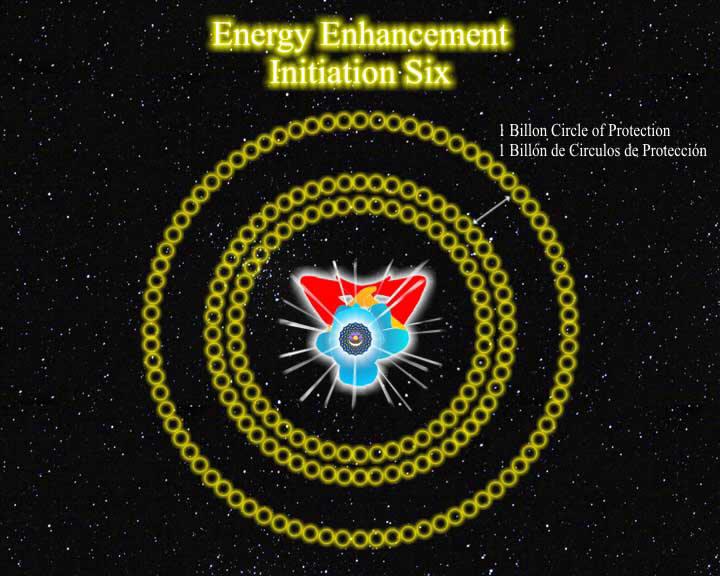
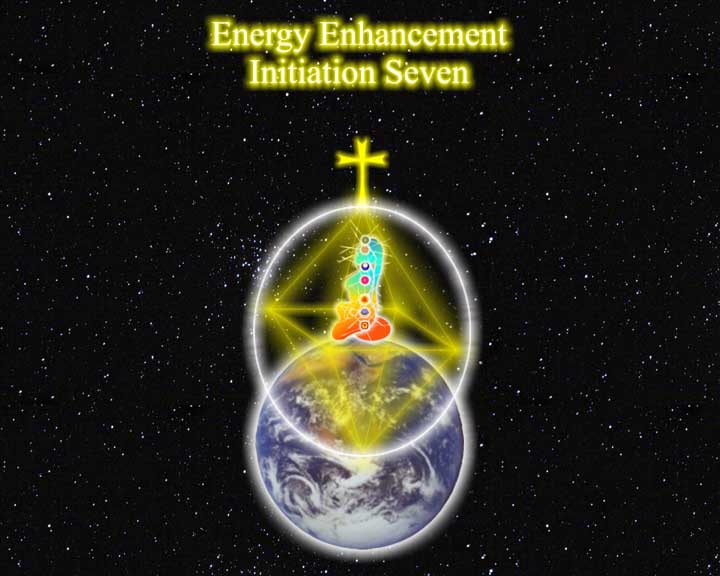
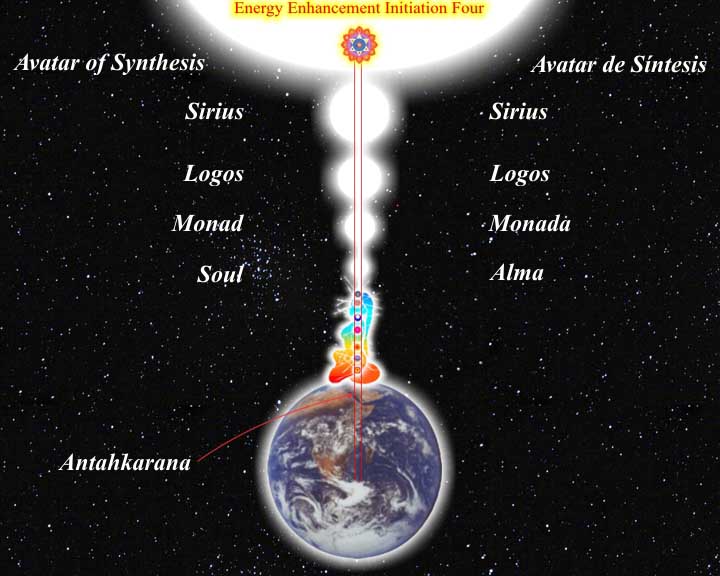
|
ENERGY
|
GAIN ENERGY
APPRENTICE
LEVEL1
|
THE
ENERGY BLOCKAGE REMOVAL
PROCESS
|
THE
KARMA CLEARING
PROCESS
APPRENTICE
LEVEL3
|
MASTERY
OF RELATIONSHIPS
TANTRA
APPRENTICE
LEVEL4
|
2005 AND 2006
|
KrishnaTHE MAN AND HIS PHILOSOPHYChapter 3: Where Buddha Ends Krishna Begins, Question 3 |
Question 3 QUESTIONER: HOW IS IT THAT BUDDHA LIVES FOR FORTY YEARS AFTER ATTAINING TO NIRVANA OR THE GREAT EMPTINESS? It is true Buddha lives for forty to forty-two years after he becomes Buddha. Mahavira also lives about the same period of time. But Buddha makes a difference between nirvana and nirvana. Just before leaving his body he says that what he had attained under the bodhi tree was just nirvana, emptiness, and what he is now going to attain will be mahanirvana or supreme emptiness. In his first nirvana Buddha achieves the emptiness we can see, but his second emptiness, his mahanirvana, is such that we cannot see it. Of course men like Krishna and Buddha can see it. It is true that Buddha lives for forty years after his first nirvana, but this is not a period of supreme emptiness. Buddha finds a little difficulty, a little obstruction in living after nirvana, and it is one of being, still there in its subtlest form. So if Buddha moves from town to town, he does so out of compassion and not out of bliss. It is his compassion that takes him to people to tell them that they too can long for, strive for and attain what he himself has attained. But when Krishna goes to the people he does so out of his bliss and not out of compassion. Compassion is not his forte. Compassion is the ruling theme in the life of Buddha. It is out of sheer compassion that he moves from place to place for forty years. But he awaits the moment when this movement will come to an end and he will be free of it all. That is why he says that there are two kinds of nirvana, one which comes with samadhi and the other with the death of the body. With nirvana the mind ceases to be, and with mahanirvana the body too ceases to be. This he calls sovereign nirvana, that which brings supreme emptiness with it. It is not so with Krishna. With him, nirvana and mahanirvana go hand in hand.
|
Next: Chapter 4: Religion has no History, It is Eternal, Question 1
Energy Enhancement Enlightened Texts Krishna Krishna: The Man and His Philosophy
Chapter 3
|